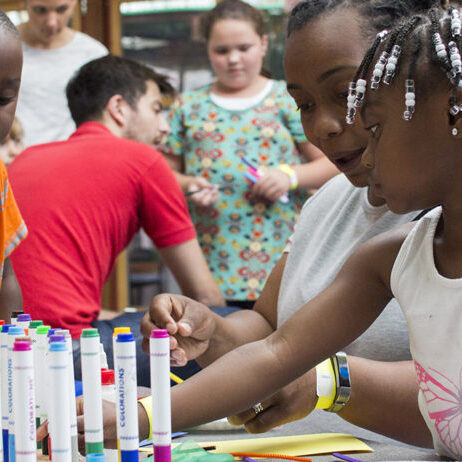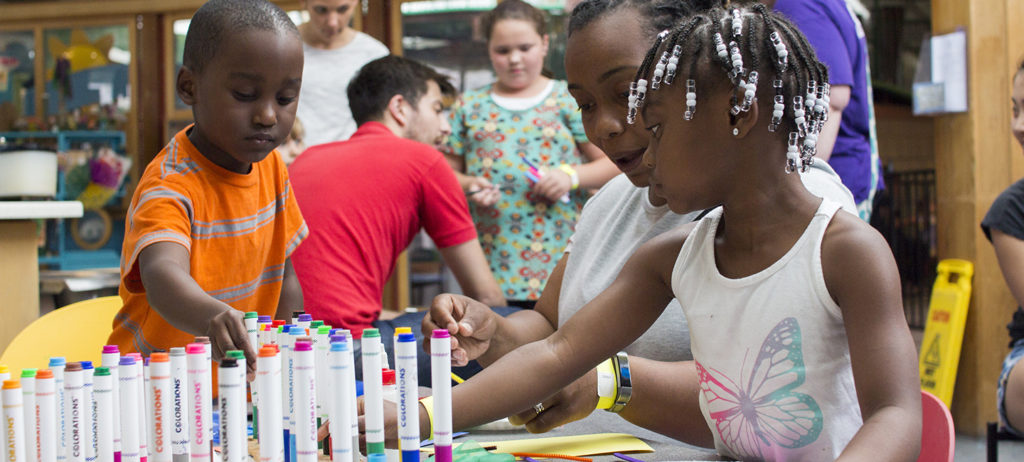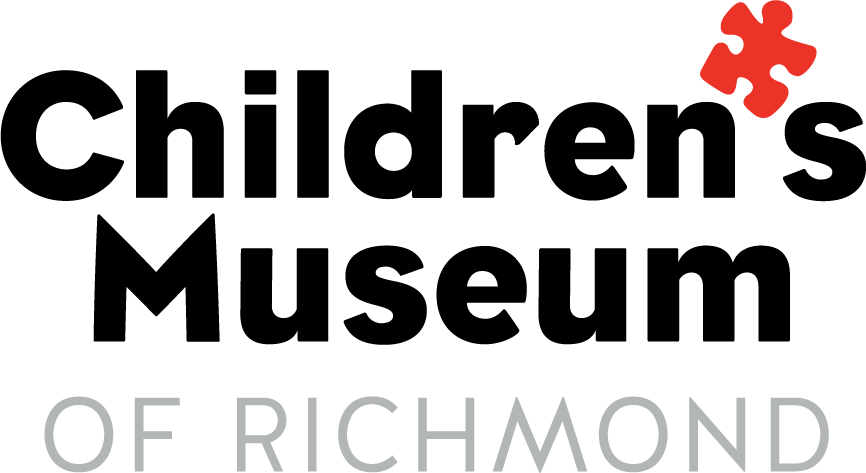Play Ahead – Fears
What is Fear? Fear is a normal reaction that alerts us to danger and prepares us to deal with it. People generally react both physically and emotionally. Physically, we experience increased heart rates and rapid breathing while we also feel endangered and are emotionally upset. Although fear can happen to anyone, some children are more…
Published on April 1, 2020

What is Fear?
Fear is a normal reaction that alerts us to danger and prepares us to deal with it. People generally react both physically and emotionally.
Physically, we experience increased heart rates and rapid breathing while we also feel endangered and are emotionally upset. Although fear can happen to anyone, some children are more affected by emotions than others. Hereditary or genetic factors may be responsible for some differences. Any real experiences with actual danger may also make children more fearful.

How do I Know My Child is Afraid?
Children, particularly young children, cannot always describe their fears. Parents can look for common signs of fear, such as changes in:
- Activity level
- Appetite
- Speech patterns
- Sleep patterns
- Toileting behavior
- Body coordination
- Emotions or temperament
What are the Common Fears of Childhood?
Most childhood fears follow a regular pattern related to the child’s age and developmental stages. Interestingly, as children mature and have increased capability for memory, imagination and ability to use language, fears may become even more of a problem.
Common Fears from Birth to Two Years
Generally, an infant’s fears are related closely to having their desires and needs satisfied. This is tied to the person to whom the infant has become attached.
What to do:
- Birth-6 Months: loss of physical support, loud noises, separation from parents or regular caretakers
- 7-12 Months: separation from parents, being surprised by objects, strangers
- 1 Year: separation from parents, strangers, fear of injury
What to Do:
- Prepare your child for separation by brief, comfortable separations followed by a loving, reassuring return.
- Reduce fears of strangers by gradually introducing new people in a safe setting.
Common Fears from Two to Five Years:
During this period childhood fears are most pronounced, but may come and go quickly. Most fears are related to the child’s ability to differentiate between “good” and “bad” events and objects. Children often fear “imaginary” or unknown dangers while ignoring very real hazards or dangers.
- 2-3 Years: fear of animals, monsters, darkness
- 4-5 Years: fear of animals, “bad guys,” fear of bodily harm
What to Do:
- Encourage and accept the child’s expression of fear.
- Allow the child to experience some fearful situations while you give reassurance and encouragement.
- Set an example: talk about how you deal with fear. “I was afraid when…(something happened to me) and this is what I did to feel better about it…”
- Do not use scary threats with your child like: “If you don’t eat your peas, the monster will eat you.”
Common Childhood Fears Six to Eleven Years
During this period fears seem to center on school and family rather than concern about being injured. Fears about failure or loss of internal control are also common in this age group.
- 6 Years: fear of supernatural, fear of thunderstorms, refusing to go to school
- 7-8 Years: fears about family problems
- 9-11 Years: school performance fears, personal appearance, death and dying
Common Childhood Fears of Teens:
During the teen years, fears tend to be about the teen himself and who he really is as a person.
- 12-15 Years: fear of “being different,”fears of rejection, isolation, failure on tests
- 12-15 Years: fear of adult responsibilities, fear of inadequacy, separation
School Avoidance
This is the most commonly recognized childhood fear and is often marked by headaches or stomachaches, reluctance to leave the parent and even frequent visits to the school nurse.
What to Do:
- If the child’s health is good, remain calm, but insist that the child goes to school.
- Do not argue with the child.
- If there are specific problems with the teacher or classmates, discuss them with the child and suggest ways to solve them.
When is Fear a Problem?
Childhood fears can become more serious if they last a long time or if they get in the way of a child’s day-to-day schedule or happiness.
If your child has fears that seem more serious than the actual danger, or do not seem reasonable or if he experiences a general gloomy feeling of “doom,” see your pediatrician right away.
Positive Messages for All Children
- “It’s okay to be afraid.” (this reduces feelings of guilt or shame)
- “Being afraid doesn’t last forever.” (share hopefulness and your belief that things will be better)
- “It’s okay to talk at home about being afraid.” (this helps avoid exaggerated fears)
- “It’s also okay not to be afraid.” (show other ways to react if fear is not appropriate or helpful)
- “You can handle it when you are ready.”
- Always listen when your child is scared and use encouraging statements so she will feel safer.
